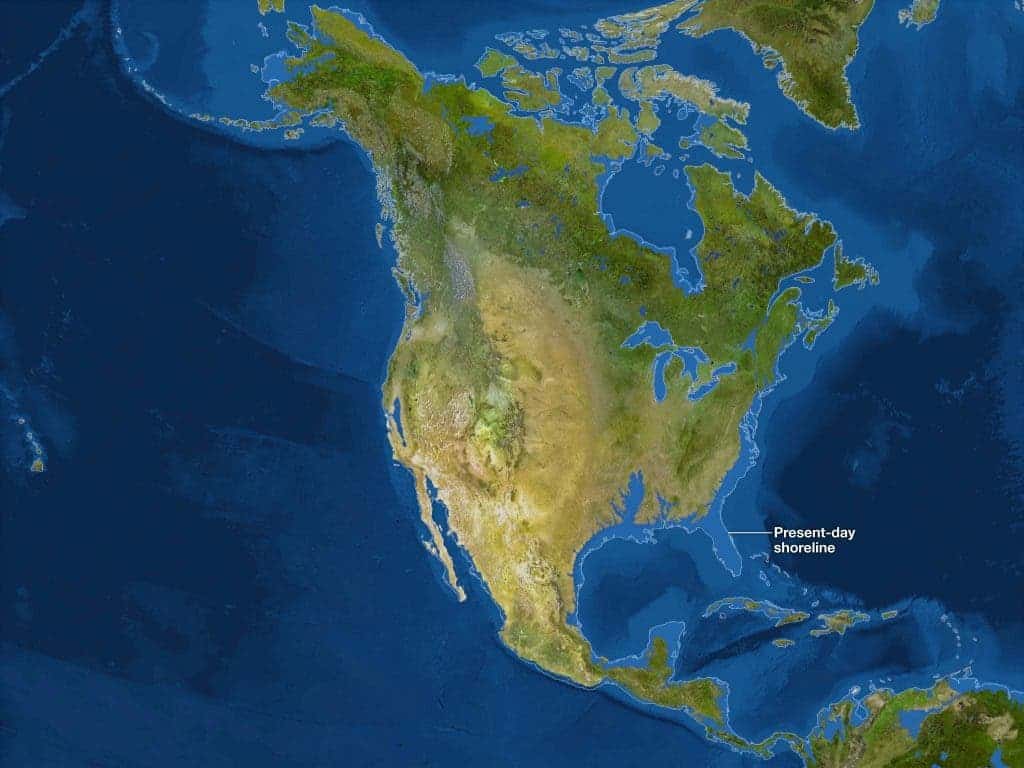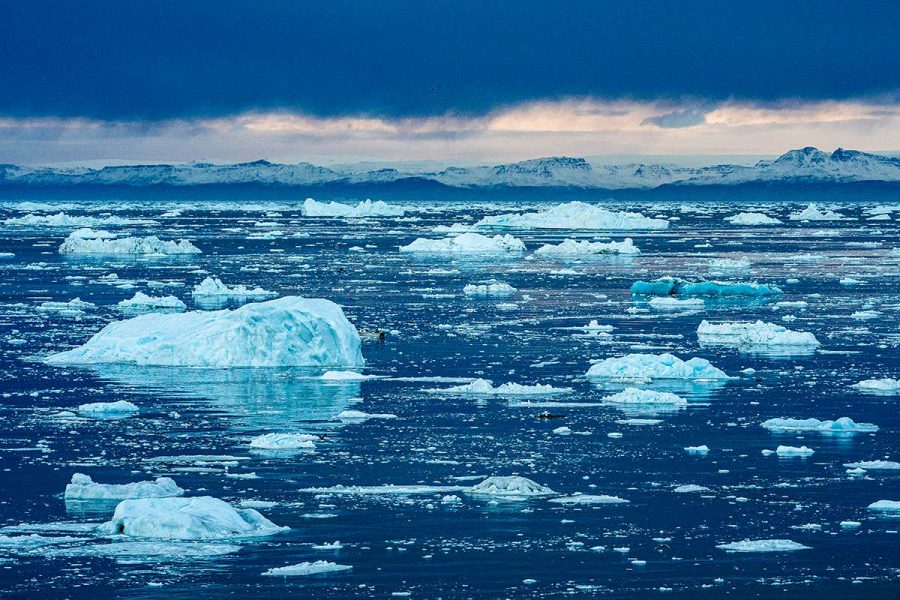The Earth Is On Track To Warm 3 Degrees Celsius…Here’s What That Means
November 19, 2021
The world’s temperature recorder in March 2020, was about 14°C (around 57°F). That temperature is expected to rise about 3 degrees Celsius within this century. Here’s what that’ll look like:
Many of the natural disasters we see and experience today seem to be never-ending, however, scientists provide evidence that proves things can get worse; much, much worse; deadly heatwaves, massive wildfires, and damaging downpours will occur at a faster rate than the current one and it would be much more acidic. This leads to fish declines and the end of coral reefs. Heat stress was a major contributing coral degradation and has killed many corals in Australia’s Great Barrier Reef.
Another doomsday scenario includes rising sea levels. These would rise exponentially–about 2 feet by the end of 2100–reshaping many coastlines and drowning countries worldwide. To put this in perspective, picture the tip of Florida; it’s one of America’s most recognizable and prominent features. If sea levels continue to rise, almost all of the tip of Florida will be underwater.

National Mall Right Now:

National Mall if The World Warms 3 Degrees Celsius:

Not only would this be bad for the stability of the Earth’s ecosystems, but the living beings that depend on them would also suffer. Scott Kulp, a principal computational scientist at Climate Central, depicts what could happen to the global population if the global temperature rose 3 degrees. He says, “an estimated 12% of the current global population living on land could be threatened…that amounts to 810 million people.”
If carbon sinks–like plants, trees, soil, and even the ocean–were affected in just the slightest amount, it could affect their ability to absorb as much carbon as they do already. This means that more carbon could stay in the air, fueling global warming. Long-term carbon sinks, such as permafrost, could also speed up the rate at which global climate occurs. Permafrost is a layer of frozen ground that is spread across many parts of the planet, including the poles. To note, the Arctic is already warming roughly three times the rate of the rest of our planet, according to Buzzfeed News. As the planet warms, that permafrost layer will thaw and release its stored carbon back into the atmosphere, thus fueling the never-ending loop of global warming.
One of the most obvious effects of warming would be the world being much hotter than it is today. One of the first global temperature records that became available in the late 1800s had recorded an increase in temperature a little over 1 degrees Celsius–which was caused by the “accumulation of fossil fuel pollutants such as carbon dioxide and methane in the atmosphere”–however if we added 2 more degrees our world would become extremely warm.
Climate change has also caused heat waves that have proven a threat to humanity. Just this past summer, the heatwave that hit the Northwest Pacific killed hundreds of people. Scientists agreed that this would have been “virtually impossible” had climate change not been a thing.
If global temperatures were to rise an average of 3 degrees Celsius by 2100, hundreds of days in a year would pass with temperatures of 90 degrees. This could affect areas such as Arizona–who’d get the most, Texas, Georgia, Montana, and even Massachusetts.
In Italy, where the G20 Summit was held just a few months ago, leaders got together to recognize its importance and tackle climate change. It ended with an agreement by its member nations to “end coal financing by the end of the year.”
Another important summit was the UN COP26, held in Glasgow Scotland, in which nearly 200 countries have adopted an outcome document. According to the UN Secretary-General, this document “reflects the interest, the contradictions and the state of political will in the world today.”




Christine Summa • Nov 19, 2021 at 11:45 am
Mira, You have done and outstanding in reporting about climate change!
It’s so scary to think about this happening but the reality is that we’re heading that way unless we can stop the this madness. We need to make it right for our future and we need to do it now.